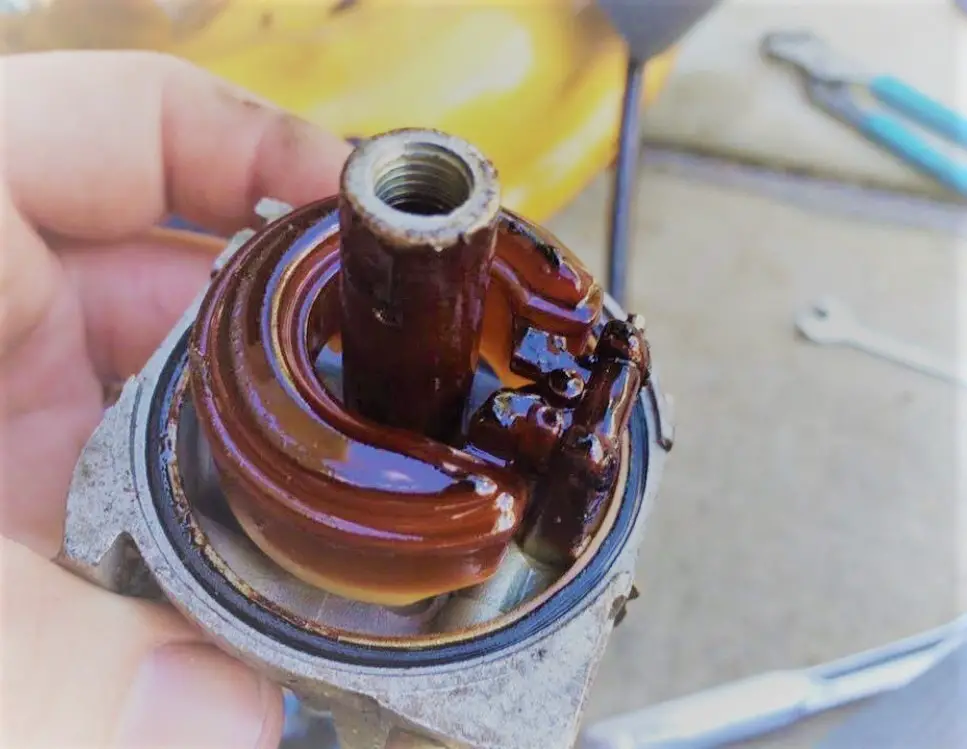
To understand the nominal shelf life of fuel stabilizers, first you need to understand how gasoline can degrade. Gasoline is a combination of a few different chemicals, and when these components are exposed to oxygen this starts the process of oxidation. One of the main culprits (and why gasoline is so susceptible to varnishing) is ethanol. The organic material in ethanol is far from shelf stable and quickly turns stored gasoline into varnish.
Varnishing, or gummed up gasoline is the main reason that you cannot start your gasoline engine after storing it. This varnished gas will clog up the tiny passages in your engine’s carburetor, making it nearly impossible to start without a thorough cleaning.

The way that most popular fuel storage stabilizers (STA-BIL, Gumout, Lucas) work is by providing a sacrificial molecule for the oxidization process to attack, instead of your gasoline.
However, by design it is impossible for the fuel stabilizer to be fully resistant to this oxidation process itself, which can cause your stabilizer to oxidize while it sits on your shelf. This will cancel out the ability of the stabilizer to be able to treat your gasoline, as the sacrificial molecule will naturally be used up if stored for a long time.
Generally speaking, most fuel stabilizer can sit for about two years before the quality is diminished. This will depend on if the cap has ever been opened and if it was sealed tightly after use. Regardless, as soon as you break the seal on the bottle, oxygen will start the process of attacking the sacrificial molecule immediately.
To determine if your old bottle of unknown age is still able to treat gasoline effectively, watch for the dye in the product to get darker with age, and check for crystallized flakes clinging to the sides of the container. If you notice any serious changes in the product appearance, it is time to buy a new fuel storage additive, as the effectiveness has been greatly reduced at this point.
if you are still unsure of how old your bottle of additive is, most of the time you can also decode the date printed on the container. how this date code is displayed can vary depending on the additive manufacturer.
Unopened fuel stabilizers can store for a few years on a shelf, however oxygen will still be able to permeate the container and start the oxidation process. This storage period can also vary depending on if the place where the additive was stored is cool and dry, or hot and humid. Heat and humidity are the enemies of products designed to keep oxidation in check.
Overall, we would recommend not storing fuel additives for longer than necessary, it is frustrating to have a product fail to do what it was designed to do. If your additives have been sitting for too long, you might want to just go ahead and check out our article about the best fuel storage additives to find a good replacement.

Doug is our resident mechanic and automotive expert. With over 20 years of wrenching under his belt, he is our go-to for any question we have about additives and cars.

Wonderful information, thanks for explaining how these can expire.
Glad you found it helpful!